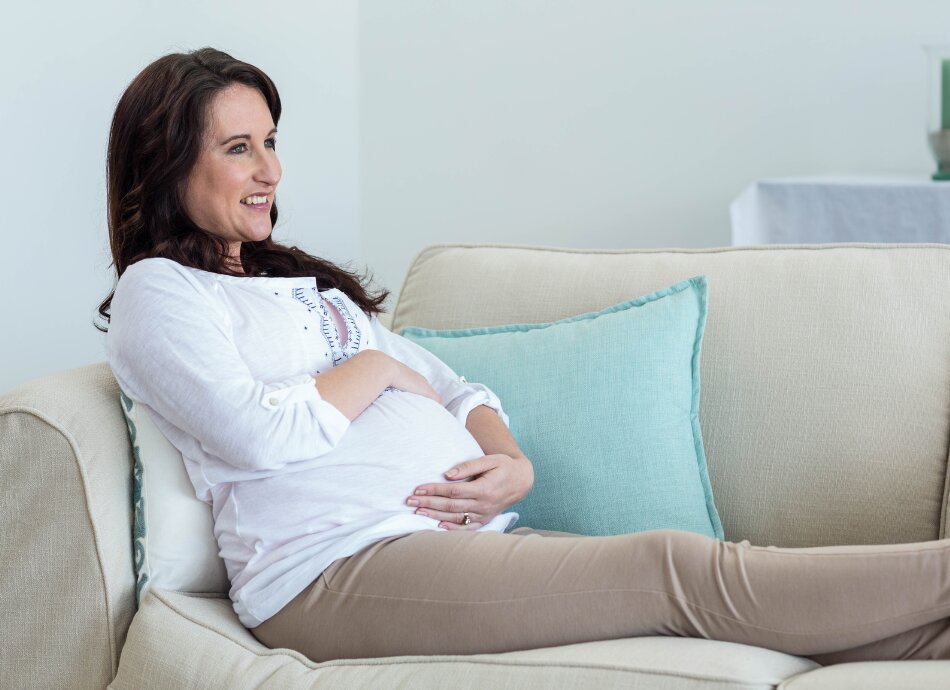Varicose veins are usually easily diagnosed because they’re visible beneath the surface of your skin.
If your varicose veins are causing minimal or no symptoms, your GP may just recommend conservative care, such as that you try to lose some weight, stop smoking, exercise regularly, wear compression stockings and lift your leg to your hip height when resting.
They should also refer you to a vascular surgeon for advice and treatment. Most procedures to treat varicose veins focus on sealing off the varicose vein and redirecting blood flow to other veins. These are often minimally invasive procedures that are performed under local anaesthetic with quick recovery time.
See your GP if your varicose veins are causing:
- pain or discomfort
- swelling of your legs or feet
- skin changes around the varicose vein
- external bleeding.
Varicose veins can increase your risk of developing venous leg ulcers, so if you have been diagnosed with a leg ulcer your GP should recommend further treatment.






